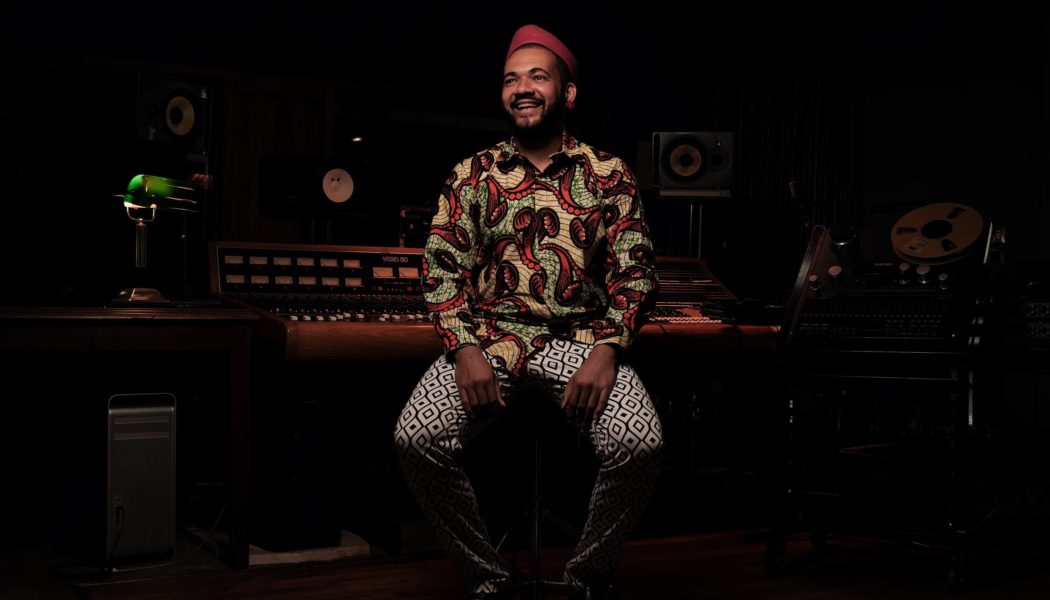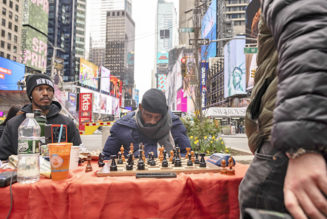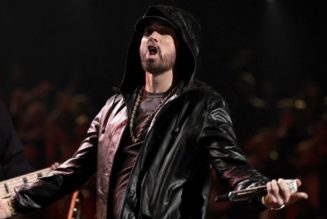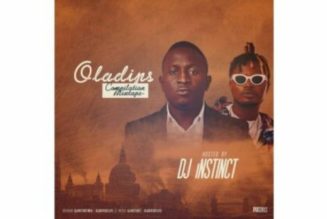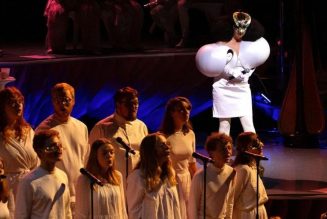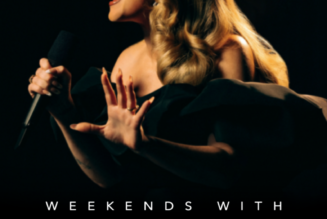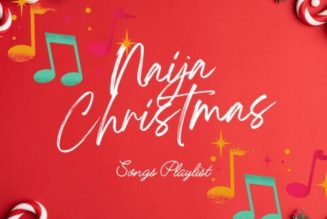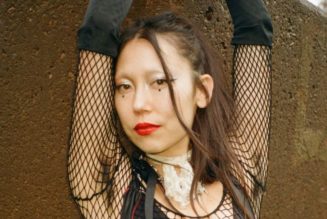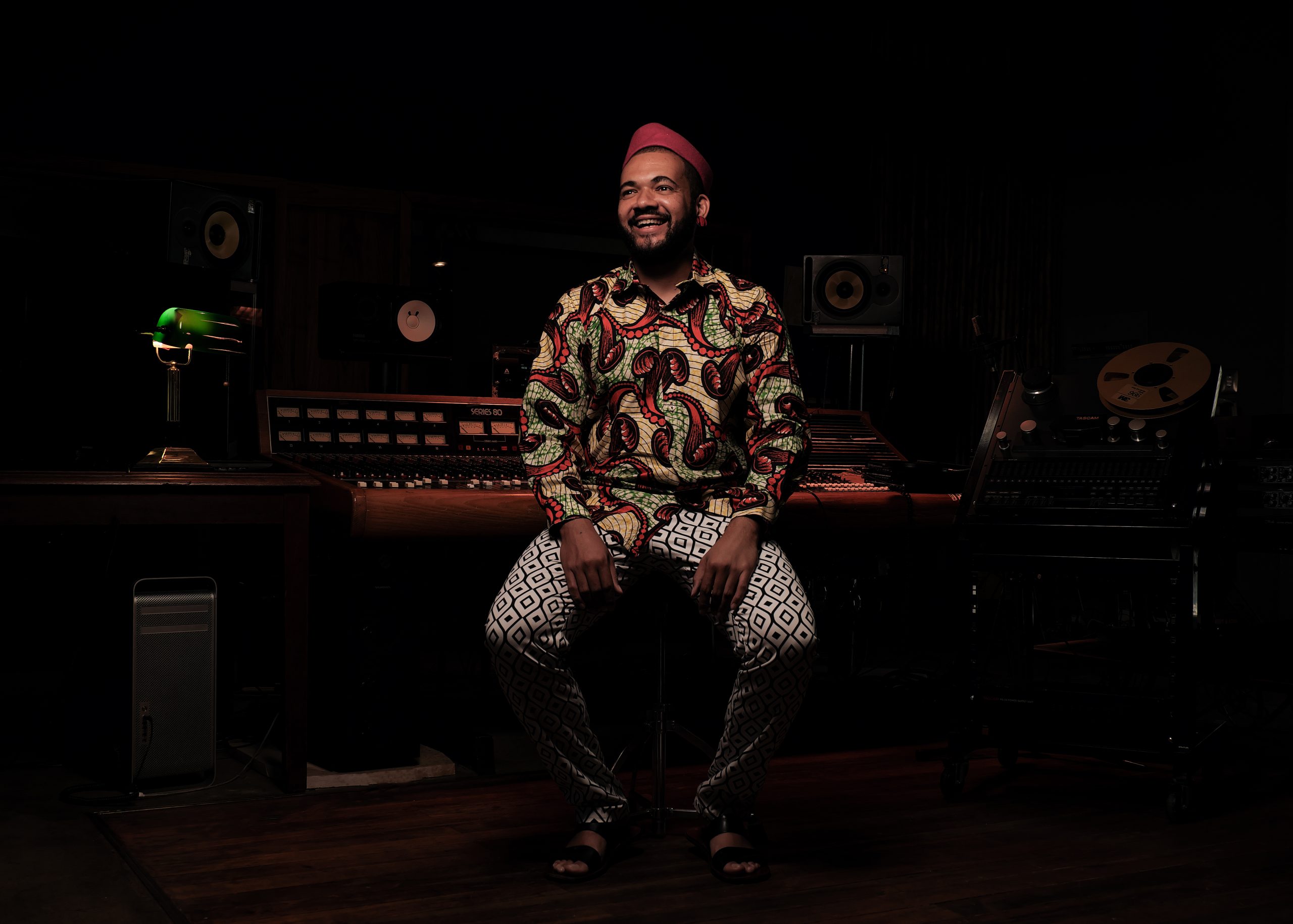
Bokani Dyer is not just a leading figure in contemporary South African jazz, he’s also a living link to its history. His father, saxophonist Steve Dyer, was part of Medu, a radical multi-disciplinary arts collective composed of exiled South Africans as well as members and sympathizers from other countries. From their base in Gaborone, Botswana, Medu’s “cultural workers” (their preferred term) produced films, staged concerts, mounted art exhibitions, conducted creative workshops, and organized public health campaigns. They produced newsletters and propaganda posters intended to critique South Africa’s apartheid government and promote Black consciousness more broadly. The group formed in 1977, peaking in 1982 with the Culture And Resistance Festival And Symposium, a week-long program of concerts, exhibitions, workshops and speeches which drew a lot of attention internationally, but also inspired increased surveillance and harassment from the South African government. On June 12, 1985, the exile community where Medu had its headquarters was attacked by the South African Defense Force; 12 people were killed, including four members of Medu, which disbanded in the wake of the attack.
Bokani Dyer was born in Gaborone in 1986, but his family moved back to South Africa in the early ’90s. He self-released his first album, Mirrors, in 2010; the follow-up, Emancipate The Story, came out in 2011, the same year he won the Standard Bank Young Artist Award, one of South Africa’s most prestigious music prizes. He’s subsequently released 2015’s World Music, the 2018 trio album Neo Native, and 2020’s Kelenosi, an entirely solo disc created under pandemic conditions. That same year, he collaborated with dozens of other South African artists on the Brownswood compilation Indaba Is; his track “Ke Nako” opened the album, and was the first single.
Dyer’s latest release, Radio Sechaba, is his most ambitious and wide-ranging album to date. It features slightly different personnel on almost every track, including a bunch of artists I’ve been listening to with great absorption for several years, like tenor saxophonist Linda Sikhakhane, alto saxophonist Mthunzi Mvubu, trumpeter Ndabo Zulu, bassist Benjamin Jephta, and drummer Sphelelo Mazibuko. The music is swinging, but also funky and soulful, and has a uniquely South African approach to vocal harmony, as heard on tracks like “Spirit People,” “Tiya Mowa” (on which his sister Sibusisiwe Dyer sings) and a re-recorded “Ke Nako.” Dyer himself sings on multiple tracks, sometimes in English and sometimes in Setswana.
Bokani and Steve Dyer recently completed a US tour together, and I spoke to Bokani by phone at the end of April, when he was in Portland, Oregon. I asked him about re-recording “Ke Nako” for this album and learned that the song was already written with Radio Sechaba in mind when the Indaba Is session was put together. “The Indaba Is project came at an interesting time because I was thinking a lot about this project, Radio Sechaba. So it kind of made more sense to include something from the Radio Sechaba thinking, and yeah, the song seemed to be received really well and it kind of encapsulates the overarching theme of Radio Sechaba. ‘Sechaba’ is a word which means nation, and looking at South Africa today and thinking about ideas of nation-building, 30 years into democracy and big, wide-eyed hopes for the country, and a lot of those dreams have not been realized so far into democracy… thinking about people coming together and people understanding each other is kind of a central theme in the project.”
A key song on Radio Sechaba is “Mogaetsho,” on which Dyer addresses leaders who have not come through for their people. It’s a pulsing soul-funk groove almost worthy of ’70s Stevie Wonder, with some killer trumpet from Sthembiso Bhengu. He sings it in Setswana, because “the design of the language just makes it easier for certain rhythmic things, and I think it has a stronger feeling when it’s sung in Setswana.” He says there’s no exact English translation for the title word anyhow. “It kind of means someone from my home, but it’s also kind of a respectful thing that you say to people, but it’s also kind of ironic, because it’s a song that is criticizing people who are supposed to be taking care of their people and kind of abandon that to enrich themselves. So it kind of increases the sense of betrayal, because it’s like, somebody from your home is doing all this stuff and you call them ‘Mogaetsho,’ the person from home, like a compatriot.”
The question of identity is one that vexes many South African musicians. I’ve had conversations about it with pianist Nduduzo Makhathini, with keyboardist/singer Thandi Ntuli, with Ndabo Zulu, and with Linda Sikhakhane. Dyer has been grappling with this in some depth recently, as part of his pursuit of a master’s degree — his thesis was an investigation of how music can address social issues. “I think everyone is like, who am I and how do I fit into this fabric of South African society? I think it’s a big one because of how the apartheid system classified people in very clear categories, so now what is emerging is, like, people trying to figure out who they are…people taking more pride in their culture and in enforcing that culture. And for me, it’s a really interesting one because my father is of European ancestry and my mother is of African descent, from Botswana. So I’ve been asking the question a lot. Where do you fit in to the grand scheme of things?” He says that more and more he’s drawn to the idea that identity is ultimately false, or perhaps unknowable; “You can’t pin anyone down based on what the color of their skin is or who their parents are or this kind of thing. So I think I am trying to make a statement in saying that people can choose who they want to be, and choose what they want to be affiliated to, and this kind of thing…it may change, but a snapshot of this time right now is, I’m trying to make that space for people to choose who they want to be and how they want to exist.”
This idea of choosing who you want to be and how you want to exist extends to the music on Radio Sechaba. Dyer has the wide-ranging taste of many jazz musicians of his generation, and the album shifts from one “style” to another over and over, while still remaining audibly the product of one man’s imagination. His arrangements, whether he’s playing acoustic piano or synths, programming beats or bringing in multiple horns and backing vocalists, have a loose, organic flow that mix jazz, Afrobeat, soul, hip-hop, and more elements besides. “I’m just trying to express myself musically, and it’s interesting because when you decide to study music — well, in the days that I was in college, you only had the option of classical music, jazz, and opera, I think, that was offered, and African music. You know, you grow up and you’re listening to hip-hop and R&B and all this stuff and then you want to go further in music, and what happens is like, OK, the closest thing to the music that you’re interested in is jazz, and so a lot of people who have very wide palates in terms of music that they’re into or sounds that they like, they’re kind of pushed into the jazz thing. Which is not a bad thing, in my case at least, because you get to learn a lot about the history of music, and music which actually influenced R&B and hip-hop, which the way I see it are kind of branches that come out of jazz and are very much related to each other. So when I put a playlist on at home or whatever, it’s a wide range of different sounds, and I think that that should also be available to us in the music that we create.”
Touring the US with his father has allowed Dyer to explore the history of his country’s music with someone who helped make it, which he sees as incredibly valuable and rewarding for both of them. He recognizes that his life as a South African jazz musician is very different from his father’s, and takes lessons from that. “He always says that he’s really happy that he can see that the younger generation has more opportunities available to them. I mean, the reason that I was born in Botswana was that it was compulsory after he finished his college years to go into the army, and he was against that, so he went into exile, and he was kind of in hiding. He lived a very different life in a different time, and…he plays so much more authentically because he kind of grew up musically in that time, you know? He worked a lot with [saxophonist] Jonas Gwangwa and [trumpeter] Hugh Masekela in those years in Botswana, and he really understands that style and that music, and you know, [my generation] have our thing which is influenced by a whole lot of other things.”
The last track on Radio Sechaba is called “Medu,” and Bokani Dyer doesn’t play on it at all. He wrote it, but it’s a mournful piece, almost like a New Orleans jazz funeral, performed by trumpeter Bhengu, with Sikhakhane and Steve Dyer on saxes, and Amaeshi Ikechi on upright bass. In the album’s liner notes, Dyer writes that the piece was inspired by Jonas Gwangwa, a trombonist, bandleader and composer — Steve Dyer was a member of his late ’70s/early ’80s band Shakawe — who later scored the 1987 film Cry Freedom, and wrote the theme for South Africa’s Olympic bid in 1997. Gwangwa died in 2021.
Although it’s clear that Bokani Dyer is interested in exploring the important questions that arise from being South African — identity, politics — he doesn’t think that makes his country’s musicians, particularly those of his generation, special, nor does he feel it’s a requirement. “I think it’s something that’s in the global consciousness, and South Africa is no different. So I wouldn’t say that it’s forced upon us, but it’s kind of in our surroundings and it’s kind of in the collective consciousness.” What sometimes surprises him is traveling to the United States or to Europe and encountering people who don’t seem to realize that anything in South Africa has changed since the ’80s, like people who watched The Banshees of Inisherin and thought it was a portrait of life in contemporary Ireland rather than a period piece. “Some people are very aware of certain things; I learn a lot of stuff about people who have encountered South African musicians. Like when I was in the UK, they spoke about when the Blue Notes arrived and how that impacted the scene and what was happening politically and their understanding of what exile meant, or how it impacted them. But then you get some people like — we did an outreach thing the other day and one of the ladies who was part of it was surprised that we’ve watched movies. So it’s a sliding scale. She was like, ‘Oh, you guys have Burger King out there?’”
